




THERMAL IMAGING AS PROTECTION AGAINST ACCIDENTS WITH AGRICULTURAL MACHINERY

CASE STUDY: VERTICAL FARMING







THERMAL IMAGING AS PROTECTION AGAINST ACCIDENTS WITH AGRICULTURAL MACHINERY

CASE STUDY: VERTICAL FARMING

Quantum Design UK and Ireland is part of the Quantum Design International (QDI) group QDI is a global laboratory equipment manufacturer. The company distributes scientific and industrial instrumentation through an international network, with subsidiaries in every major technological centre around the world.

The Dresden-based company InfraTec GmbH is a specialist for products and services in the field of infrared technology InfraTec offers solutions for every kind of thermographic measurement task. Discover the new generation of stationary and handheld infrared cameras with megapixel formats and automated thermography solutions.
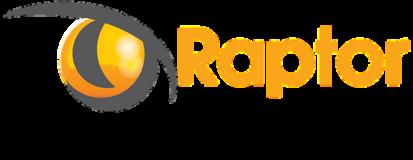
Raptor Photonics aims to provide world class low light level camera solutions to industrial, research and governmental organisations around the globe Raptor Photonics Limited is a high-tech company based in Northern Ireland, which was established in September 2006 Its main focus is to design, manufacture and sell the next generation of high performance, cutting edge, low light level digital cameras


Specim is a globally leading supplier in hyperspectral imaging As a true pioneer and forerunner in this field, we celebrated our 25th anniversary in 2020 Our international team of 70+ professionals, with expertise in optics, electronics, software, and machine vision, serves the market with the broadest range of hyperspectral cameras, imaging spectrographs, systems, and accessories We are known as a trusted partner with products and support of superb quality and cost-efficiency


Foreword
Remote sensing of Vegetation using SWIR cameras on a UAV
Thermal Imaging in Agriculture
Infrared Cameras for Plant Research
Quality Assurance in Potato Storage
Precision Agriculture
Nitrogen Status Assessment for Variable Rate Fertilisation in Maize
Animal Husbandry and Thermal Imaging CASE STUDY: Vertical Farming
Multiple Agricultural Applications … From the Air


Quantum Design (QD) has been a leader in high-tech instrumentation for over 40 years, with renowned systems like the MPMS and VersaLab. At Quantum Design UK and Ireland (QDUKI), we aim to share our equipment expertise with our customers and expand their deployment into new markets We partner with other market leaders such as InfraTec, Raptor Photonics and Specim Hyperspectral to ensure our customers have access to the right solution for their application. Agriculture has seen a large growth in investment for research and development in recent years and we have endeavoured to help our customers implement new techniques, such as multispectral, hyperspectral and thermal imaging to solve their agricultural challenges.

Precision farming, plant research, quality assurance, and animal husbandry are key topics featured in this magazine QDUKI is proud to contribute to these developments, and look forward to hearing your challenges and finding suitable solutions.


Dr Luke Nicholls TECHNICAL SALES MANAGER



Forage Mass Monitoring (FFM) analysis has been traditionally done using biomass sampling to calculate biomass yield per hectare (t ha-1). Current research projects are now looking at reflectance spectroscopy methods using remote sensing systems based on unmanned aerial vehicles (UAVs).





Promising results in recent years prove the principal suitability of such systems for airborne monitoring of small to medium sized farmland in agricultural applications for precision agriculture, such as biomass for crops and grasslands An imaging system in the form of a multispectral multicamera system is often used to derive well-established vegetation indices (VIs) efficiently.



However, due to the use of silicon-based sensors, the spectral application range of such multi-camera systems is limited to the visible (VIS) and near-infrared (NIR) wavelength range (400-1000nm). Therefore, more robust indicators linked to biomass in the short-wave infrared (like cellulose or moisture content) cannot be considered as estimators.
“These modules are ideal for integrating multiple camera modules into a lightweight, UAV-based remote sensing system for daylight operations”
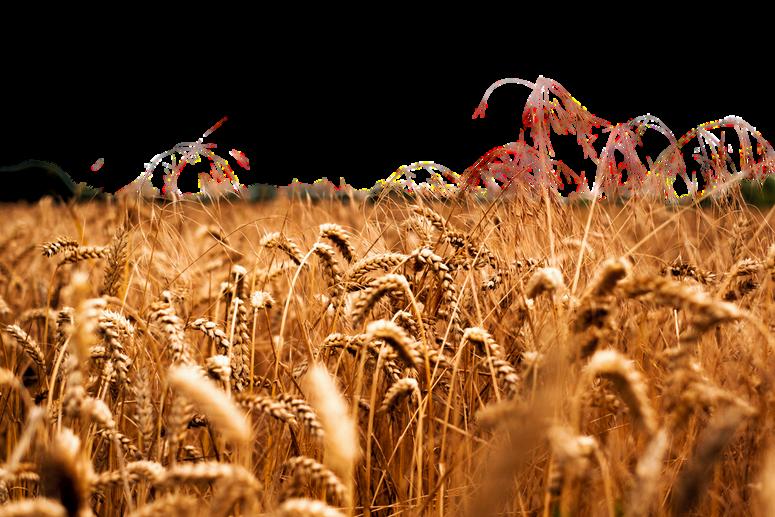


In a joint research project, a team from the University of Applied Science Koblenz and the Remote Sensing and GIS group at the University of Cologne developed a UAV-based multi-camera system to collect NIR/SWIR data, to prove more robust and betterperforming estimators of biomass monitoring.
The system displayed in figure 1 shows a spectral camera unit (SCU) and a sensor management unit (SMU), both mounted onto a drone solution The SCU deploys two Raptor Owl 640 M Vis-SWIR cameras enabling the coverage from 600 to 1700 nm of the electromagnetic spectrum




2: Location and layout of the experimental site (see Ref [2])
These camera modules were chosen because of their optimised “Size, Weight and Power” parameters. Thanks to the small form factor, the energy-efficient uncooled (TEC-less) design and the high sensitivity, these modules are ideal for integrating multiple camera modules into
a lightweight, UAV-based remote sensing system for daylight operations Another advantage is the interchangeable lens mount used for a custom filter flange solution to adapt application-specific narrow bandpass filters in the optical path.


To evaluate the VNIR/SWIR camera system’s spectral properties, the reflectance values of the individual spectral bands, and the two derived VIs, NRI (Koppe et al 2010)3 and GnyLi (Gnyp et al 2014)4 , were directly compared with the corresponding FS3 values.
Moreover, the camera- and FS3-based VIs were further analysed in simple linear regression models as estimators for DMY
The camera-based SLR resulted in an R2 of 0.71 to 0.75. These are promising results for a single flight date data set
However, further multi-temporal studies with advanced evaluation methods have to be carried out to confirm these results. Moreover, further estimation models for nitrogen concentration and crude protein content have to be evaluated
Evaluations for cereal crops are currently under investigation Ultimately, these first promising evaluation results demonstrate these novel InGaAs sensors ’ suitability for use in multi-camera systems for UAVbased vegetation monitoring They provide easy-to-use data with excellent spatial resolution in the selected wavelength bands over the entire spectral range from 600 – 1700nm
VIS-SWIR InGaAs technology
TEC-less Visible SWIR
Ultra-Low Noise Sensor: 18e- in High Gain
15μm x 15μm pixel pitch
Ultra high intrascene dynamic range
Onboard Automated Gain Control (AGC)
Ultra compact, Rugged, Low power

RaptorOwl640M
VGAresolution,lowpower,VIS-SWIRcamera ATEC-lessversionofthesuccessfulOWL640
Digital camera This SWaP (Size, weight and power)designisperfectforintegrationinto smallOEMand machinevision scientificplatforms.
Learn more about Raptor OWL 640 M
Imaging from 0.6μm to 1.7μm
Ultra low power
Ultimate low light Vis-SWIR image
Highest resolution SWIR image
Simultaneous capture of bright & dark portions of a scene
Clear video in all light conditions
Specially designed for integration into small OEM platforms
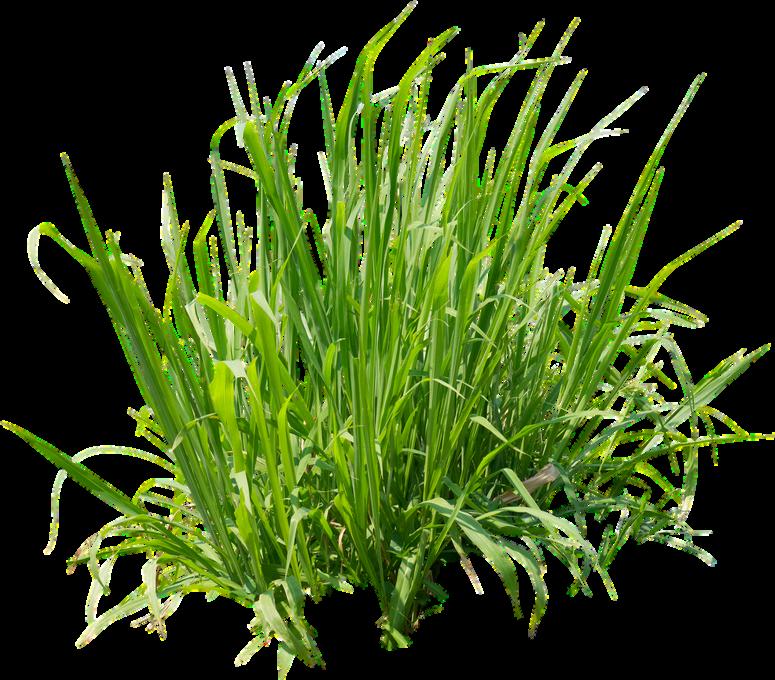



Here at Quantum Design UK and Ireland, we only want to send you the information that you would like to see. When filling out the form, please tick the particular fields and product suppliers that interest you, and we will make sure you are kept up to date with ONLY the most relevant information.

T H E R M A L
I M A G I N G I N
In agriculture and precision farming, economic, ecological and social factors have become increasingly important. In this context, sustainable agriculture in terms of resource conservation and environmental compatibility, agrobiodiversity, plant protection and population supply are among the objectives.
Thermal imaging can help to gain targeted knowledge, for example to promote the biodiversity of crops and to breed more robust varieties.
For many years, thermal imaging has therefore been established as a measurement method in agriculture. Both on the ground and from the air, it provides reliable data on the temperature distribution and allows a real-time assessment of the condition.
In the context of precision farming, thermal imaging and agricultural research offers the opportunity of:
Recording different microclimatic conditions Determining the yield capacity within a field Drawing conclusions about plant development and health
Monitoring the storage of seeds and harvested products

All this happens without contact or influence on the plants

Growing crops such as cereals, beet or others is becoming increasingly challenging. Environmental conditions such as extreme heat, drought or persistent rainfall affect the health and growth of the plants. Therefore, the aim of certain research projects is to develop more resistant and robust varieties.

One way of doing this is to use infrared cameras If plants are under drought stress, for example, their temperature changes compared to normal. It is therefore possible to measure the exact surface temperatures on the leaf and their distribution with the help of thermal imaging. The decisive factor here is transpiration, that means, the evaporation of water over the leaf surface.
Heat is produced by all processes inside the plant. It is absorbed during the transpiration of water and released via the leaf surface If there is too little water, this heat cannot be optimally dissipated, and the plant's temperature rises. Even the smallest temperature changes can then be detected with infrared cameras from InfraTec due to the high thermal resolution of up to 20 mK. One feature of the cameras is that they have different, fast interchangeable lenses.

This makes it easy to adapt to almost any object size and distance in order to achieve optimal results The resulting research findings provide insights into how adaptable and robust a plant variety is and which varieties will continue to be bred. KWS SAAT SE & Co. KGaA uses an infrared camera from InfraTec for this purpose
Owing to their characteristics, potatoes place very high demands on storage with as little loss as possible.
Their very high water content makes the earth tuber particularly susceptible to mould and rot. An additional challenge is the maintenance of a constant storage temperature If the temperature is too low, the potato starch is converted into sugar; if the temperature is too high, too much water evaporates and the potatoes become wrinkled and start to sprout.
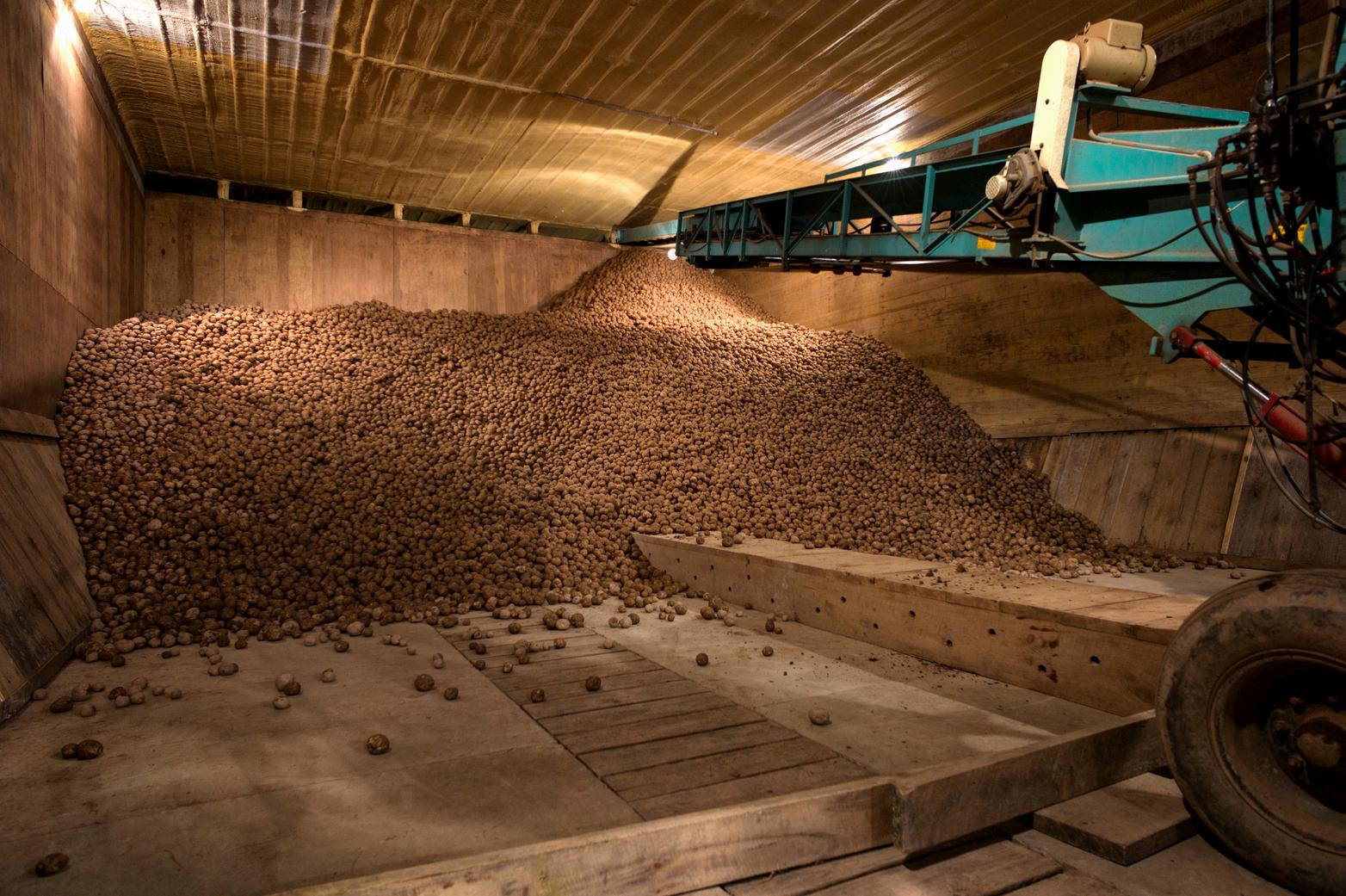
To ensure an optimal storage temperature, exact process control is necessary, which can be achieved with the help of thermal imaging, among other things. This is because infrared cameras make it possible to monitor large areas of the warehouse and detect even the slightest temperature changes due to their high measurement accuracy.
The advantage of a thermal imaging camera over temperature sensors is that due to a geometrical resolution up to 3.1 megapixels, temperatures can be measured in much greater detail and more efficiently than with a point-by-point measurement. The cameras therefore provide an overall picture of local differences in temperature curves on the surface of the stored goods The data obtained thus enables process optimisation and optimal climate control.


Discuss your application and the InfraTec thermographic with our Technical Sales Manager, Dr Luke Nicholls Call (01372) 378822 | Email luke@qd-ukicouk

In plant condition analysis, so-called precision farming, the transpiration of the plants also plays a decisive role. As in plant research, leaf temperature is also measured here to obtain information about the water balance of the plants, but here aiming at growth control and optimisation as well as needs-based irrigation planning.

InfraTec's thermography systems provide the benefits of a large detector format with (1,024 x 768) IR pixels or the innovative MicroScan technology, which enables images to be taken with (2,048 x 1,536) IR pixels and thus enables large-area observations.
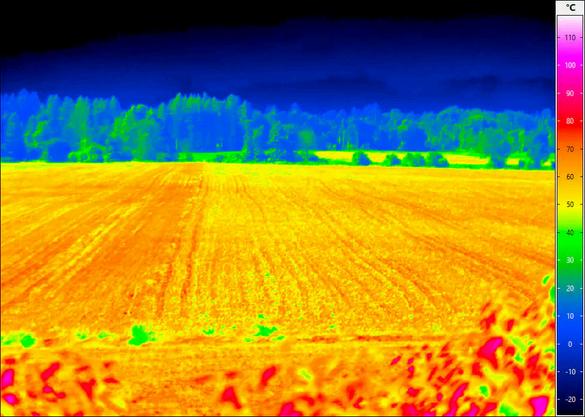
temperature provides information about
Another field of application is the detection of plant diseases and pest infestations. The transpiration of a plant depends not only on external conditions such as wind, temperature and humidity, but also on the plant-specific surface properties. If a leaf is affected by pest infestation or a plant disease, the transpiration behaviour changes.

This in turn becomes clear through the change in leaf temperature and can be measured with the help of an infrared camera. Here, too, InfraTec cameras detect the slightest differences in temperature. As a result, it is possible to react immediately to the infestation or disease and organise appropriate analyses and the use of plant protection products.


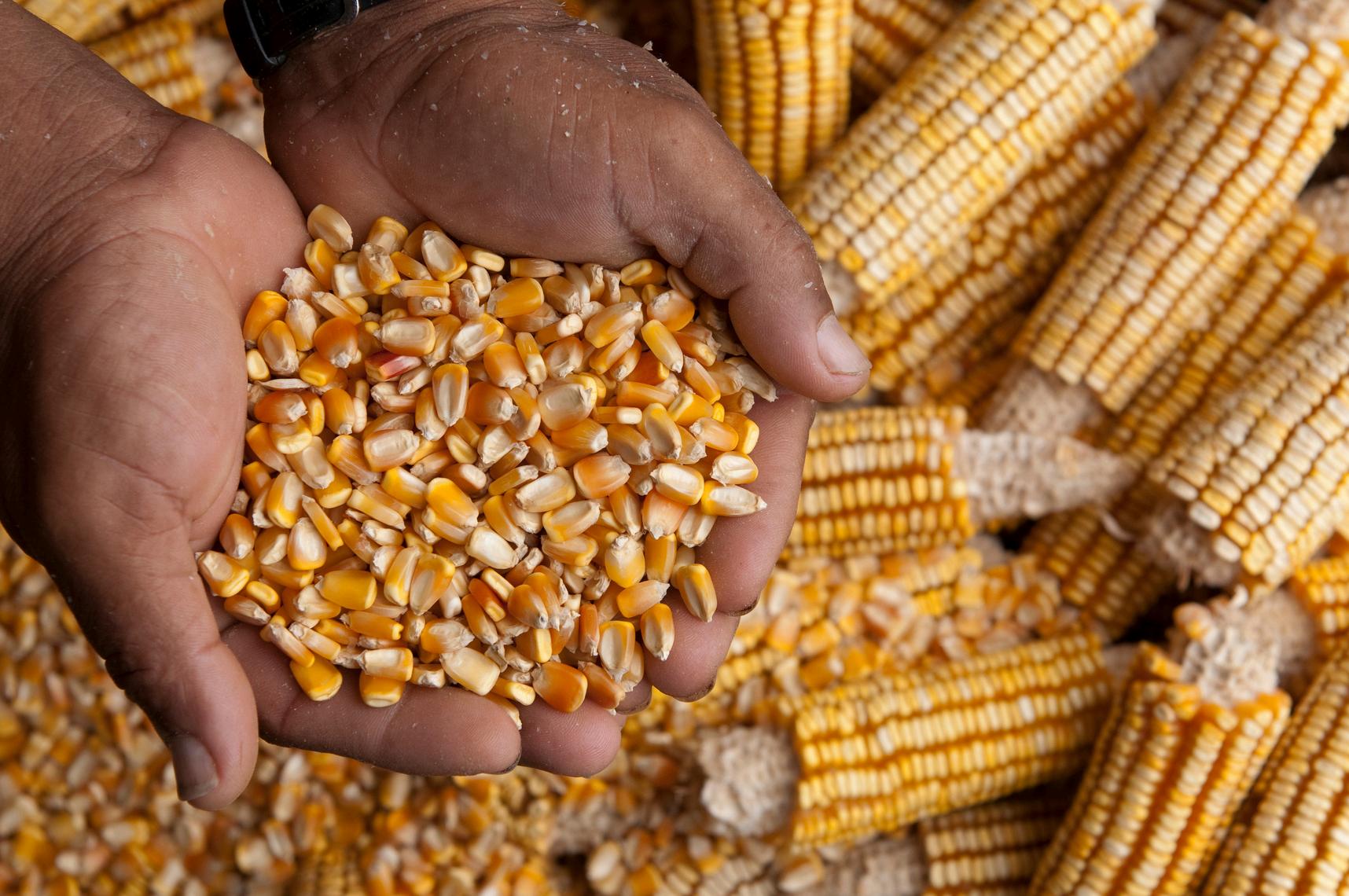

Remote Sens. 2014, 6(7), 6549-6565;
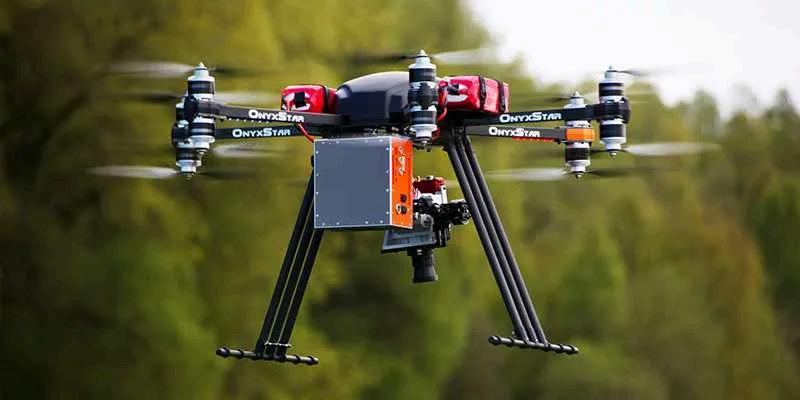
This paper presents a method for mapping the nitrogen (N) status in a maize field using hyperspectral remote sensing imagery. An airborne survey was conducted with a Specim AISA Eagle hyperspectral sensor over an experimental farm where maize (Zea mays L ) was grown with two N fertilisation levels (0 and 100 kg N ha 1) in four replicates.
Leaf and canopy field data were collected during the flight. The nitrogen (N) status has been estimated in this work based on the Nitrogen Nutrition Index (NNI), defined as the ratio between the leaf actual N concentration (%Na) of the crop and the minimum N content required for the maximum biomass production (critical N concentration (%Nc)) calculated through the dry mass at the time of the flight (Wflight)

TALK
Discuss your application and the Specim AISA Eagle with our Technical Sales Manager, Dr. Luke Nicholls Call (01372) 378822 Email luke@qd-ukicouk
Figure 1. Experimental field location in Northern Italy and treatment scheme. Light green represents the not fertilised maize plots (N0) and dark green the plots treated with 100 kg N ha 1 (N1) The irrigation levels are shown as small circles in rainfed plots (IRR0), medium circles in water deficit plots (IRR1) and large circles in full irrigation plots (IRR2).The field was sown on 3 June 2010, and N fertiliser was applied manually twentyone days after sowing

The inputs required to calculate the NNI (i.e., %Na and Wflight) have been estimated through regression analyses between field data and remotely sensed vegetation indices.
MCARI/MTVI2 (Modified Chlorophyll Absorption Ratio Index/Modified Triangular Vegetation Index 2) showed the best performances in estimating the %Na (R2 = 0.59) and MTVI2 in estimating the Wflight (R2 = 0 80) The %Na and the Wflight were then mapped and used to compute the NNI map over the entire field.

Maps obtained over the maize experimental field (a) NNI (Nitrogen Nutrition Index) map obtained from remotely sensed data. Classes were defined around the optimal NNI value (NNI = 1) (b) Variable rate N fertilisation map (kg N ha 1) on the basis of the Nstatus value in each pixel The suggested rate is shown only for pixels belonging to N deficient areas (i e , NNI ≤ 0 9)
The NNI map agreed with the NNI estimated using field data through traditional destructive measurements (R2 = 0.70) confirming the potential of using remotely sensed indices to assess the crop N condition. Finally, a method to derive a pixel based variable rate N fertilisation map was proposed as the difference between the actual N content and the optimal N content
“We think that the proposed operational methodology is promising for precision farming since it represents an innovative attempt to derive a variable rate N fertilisation map based on the actual crop N status from an aerial hyperspectral image.”



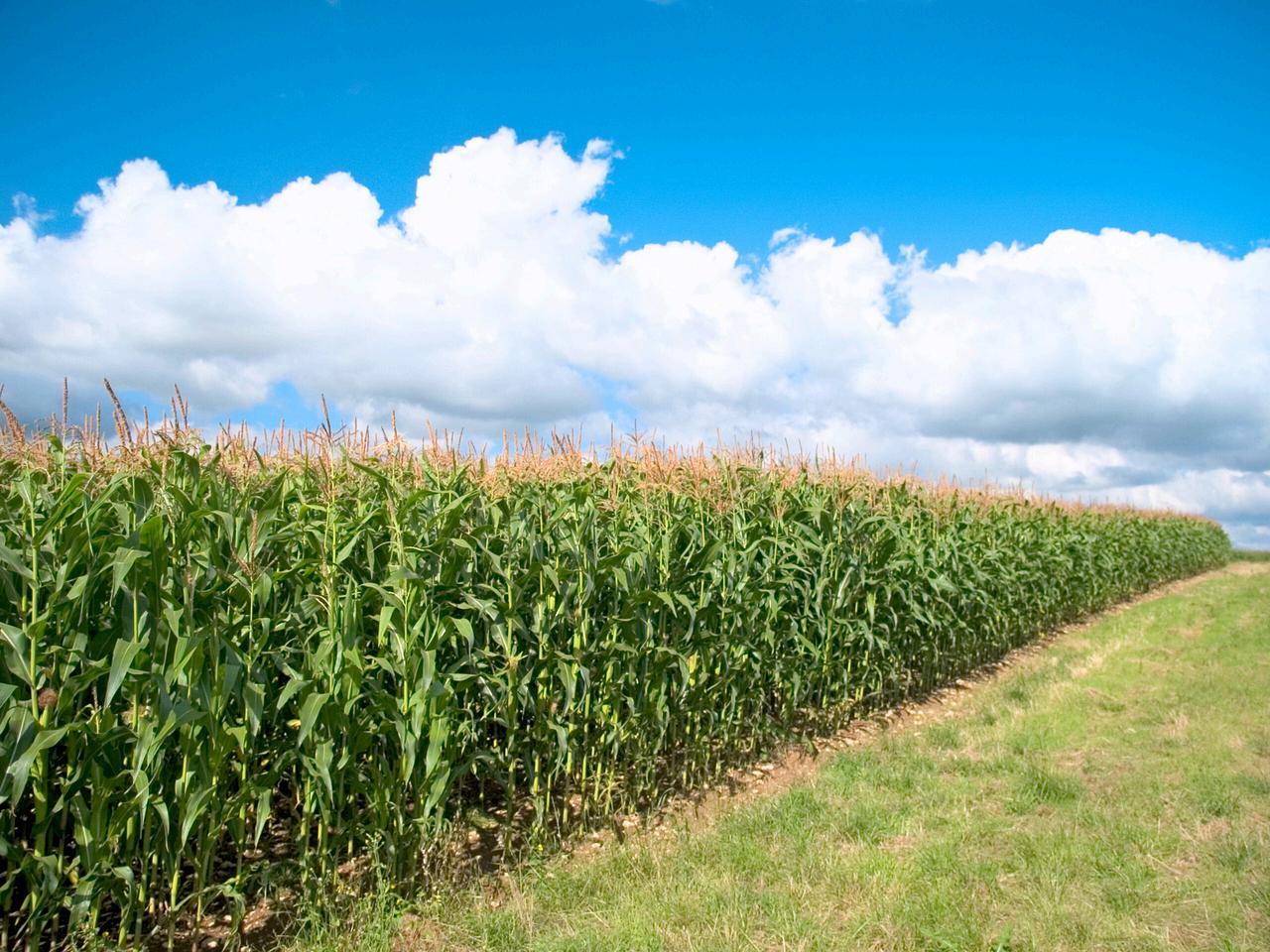
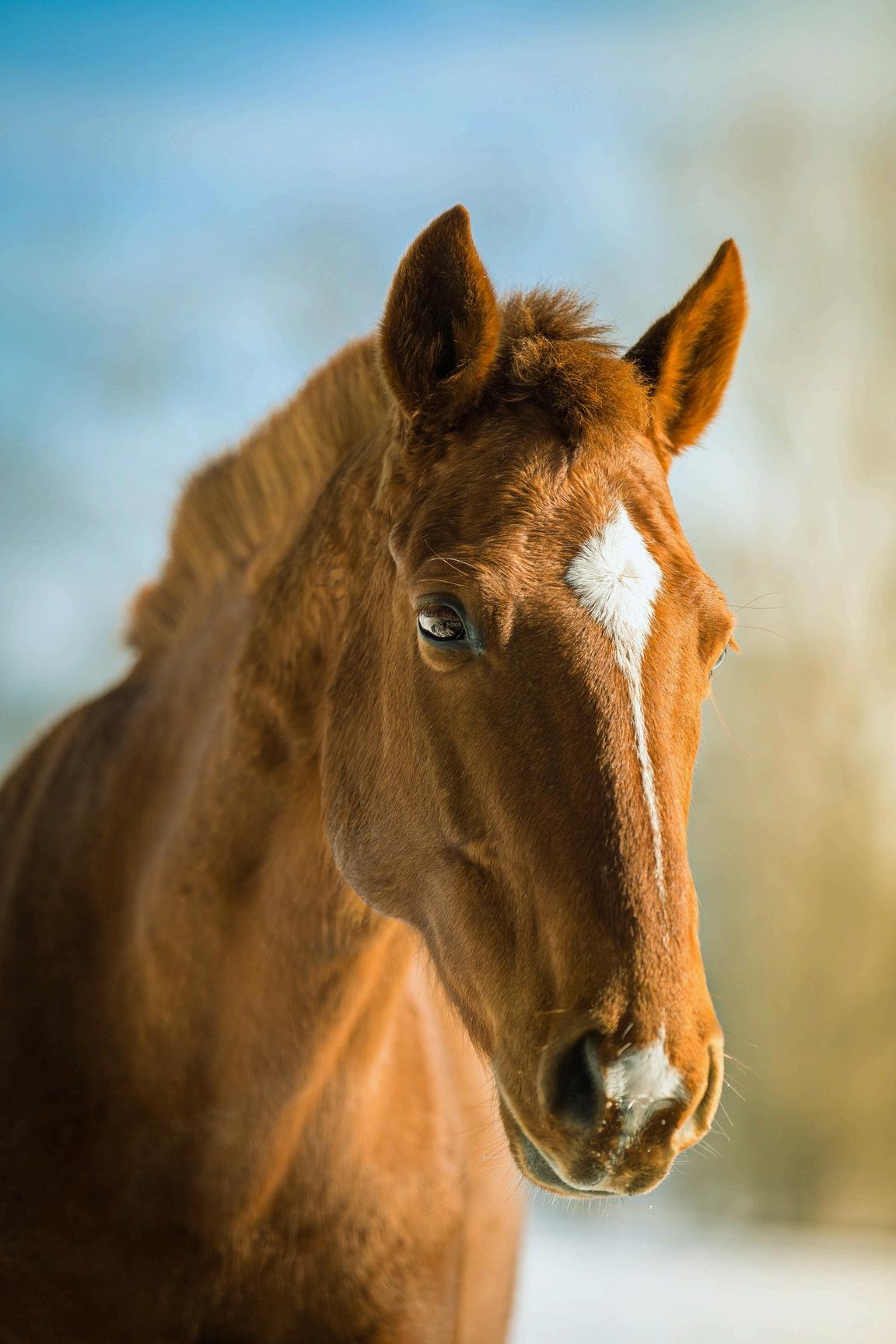
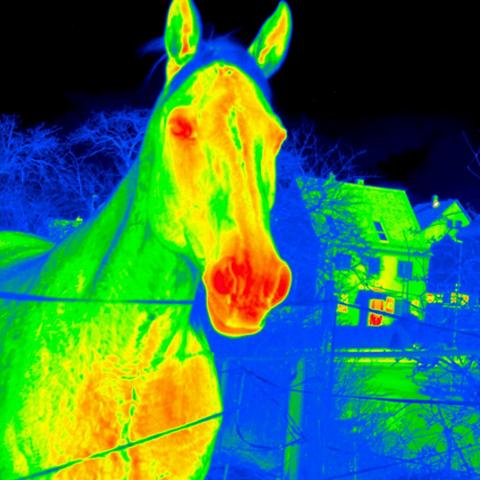

When it comes to animal husbandry, the focus lies on both animal welfare and environmental protection.
When used in animal husbandry, thermal imaging allows conclusions to be drawn about animal health, among other things.
Infrared cameras are also used in livestock farming. Industrial animal breeding uses this measurement method, for example, to detect diseases at an early stage or to obtain general information about the animals' health condition.

Infrared cameras allow the very precise measurement of the body temperature of animals Especially in the field of animal breeding, monitoring the state of health is important The smallest changes in body temperature can be an indication of developing diseases and enable immediate intervention.
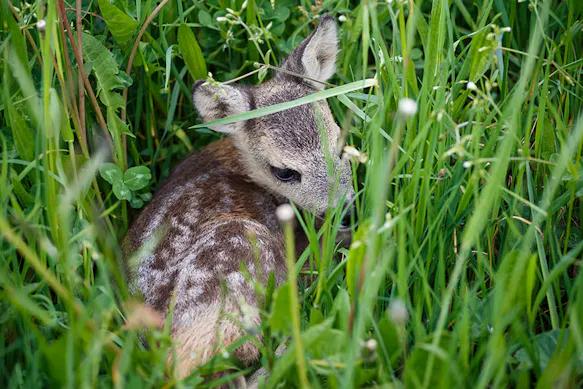
Every year, many wild animals fall victim to agricultural and harvesting machinery Many farmers already use infrared cameras in combination with drones to protect the animals on the one hand and to prevent damage to the machines or even contamination of the crop on the other
With the help of the large detector formats of InfraTec's thermal imaging systems as well as the thermal sensitivity of up to 20 mK, wildlife accidents can be reliably avoided.
Infrared cameras from InfraTec detect the animals on the ground and transmit the images in real time to the output device. Hence, appropriate relocation measures can be initiated immediately.
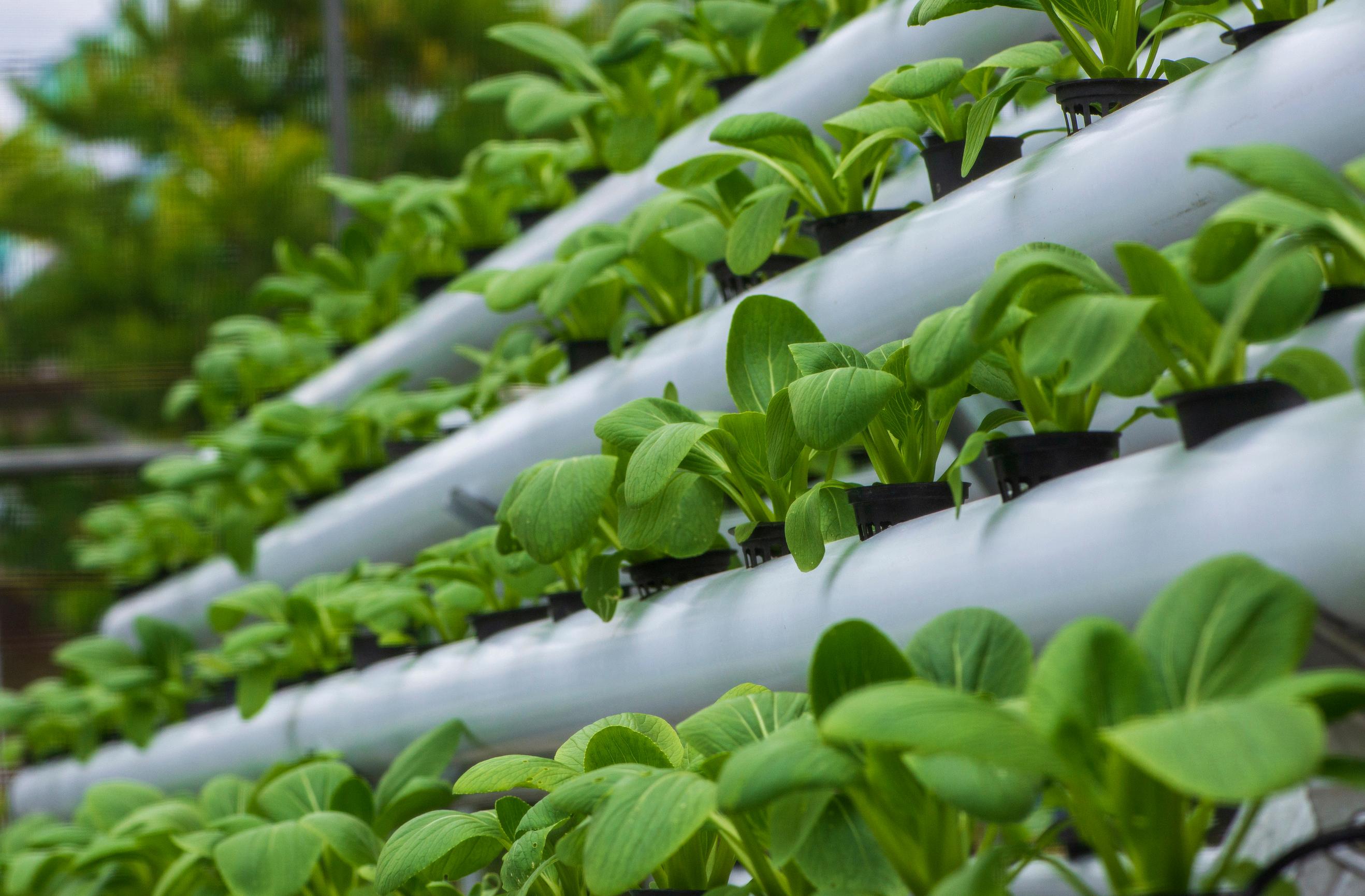

C A S E S T U D Y

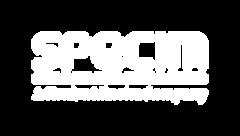
AgricolaModernaisan ItalianVerticalFarming companysellingtheir brandsofleafygreens andsaladstotheItalian supermarket’smain actorandinaplatform specialisedin sustainableandlocal food. Theyspecialiseinallthe aspectsthatconcern VerticalFarming:plant science,datascience, climateengineering,and industriallogistics.


Agricola Moderna’s platform uses several types of sensors: RGB-D cameras for canopy 3D reconstruction and several environmental sensors thatmeasuretemperature, light Intensity, and C02 levels. They send all this information to a centralised database where it’s put into relation andgivencontext.Agricola Moderna is also using hyperspectral imaging to allow extracting information that would be otherwiselost:
the presence of macro elements such as Nitrogen,Phosphorus,and Potassium,whicharevery important to understand theplants’healthandare visible after some manipulation of the data, orforexamplethelevelof flavonoids in the anthocyanin’s family. Thesewouldnotbevisible withsimpleRGBcameras, and the alternative solution is a slow and expensive chemical analysisofthecrops.

Agricola Moderna chose Specim as their hyperspectral camera supplier after several months of market research, discussions, and thought. They learned about Specim from their collaboration with Università di Milano, where they have their phenotyping platform. After several comparisons, they thought the Specim FX10 was the best device for them,andthepricewascompetitive. iMAGE S SpA, the Specim distributor in Italy, had a notable role in this choice. Agricola Moderna was assisted by iMAGE S in every step of the process, before and after the purchase, and they are still in constantcontacttooptimisetheuse ofthecamera.
Setting everything up and learning how to acquire and analyse the images correctly has taken a couple of months An essential element is a light environment, and finding the correct one may imply several trial and error iterations. After four months from when they started using the FX10e, Agricola Moderna is developing the tools they need Although some results are promising, it’s still early to quantify thelevelofsuccess.
They have indeed very clearly seen how the spectrum of a healthy plant and sick one differs and has learned todetectit.

SpecimFX10featuredinthecase study.Learnmorehere
Discuss your application and the Specim FX10 with our Technical Sales Manager, Dr Luke Nicholls Call (01372) 378822 Email luke@qd-ukicouk

For some species, they managed to quantify their colour’s brightness, which is very important for the productstheysell.
Scanning full trays of crops easily create several giga-bytes of hyperspectral data One also needs tounderstandthenatureofthisdata and how to extract information from it. Forthisreason,AgricolaModerna
is developing all the algorithms to manipulate and analyse the data in-house. Thanks to their Data Scientists and external collaborationswiththeComputer Science department in La Sapienza in Rome and the Biology department of Università di Milano, Agricola Moderna are exploring a number of solutions that make use of the latest advancements in Deep Learning and other data science techniques and how to adapt them to vertical farming applications
Duccio Piovani, Head of Data Science and AI at Agricola Moderna, is satisfied with the Specim FX10e they have bought and the assistance they have receivedfromiMAGES.
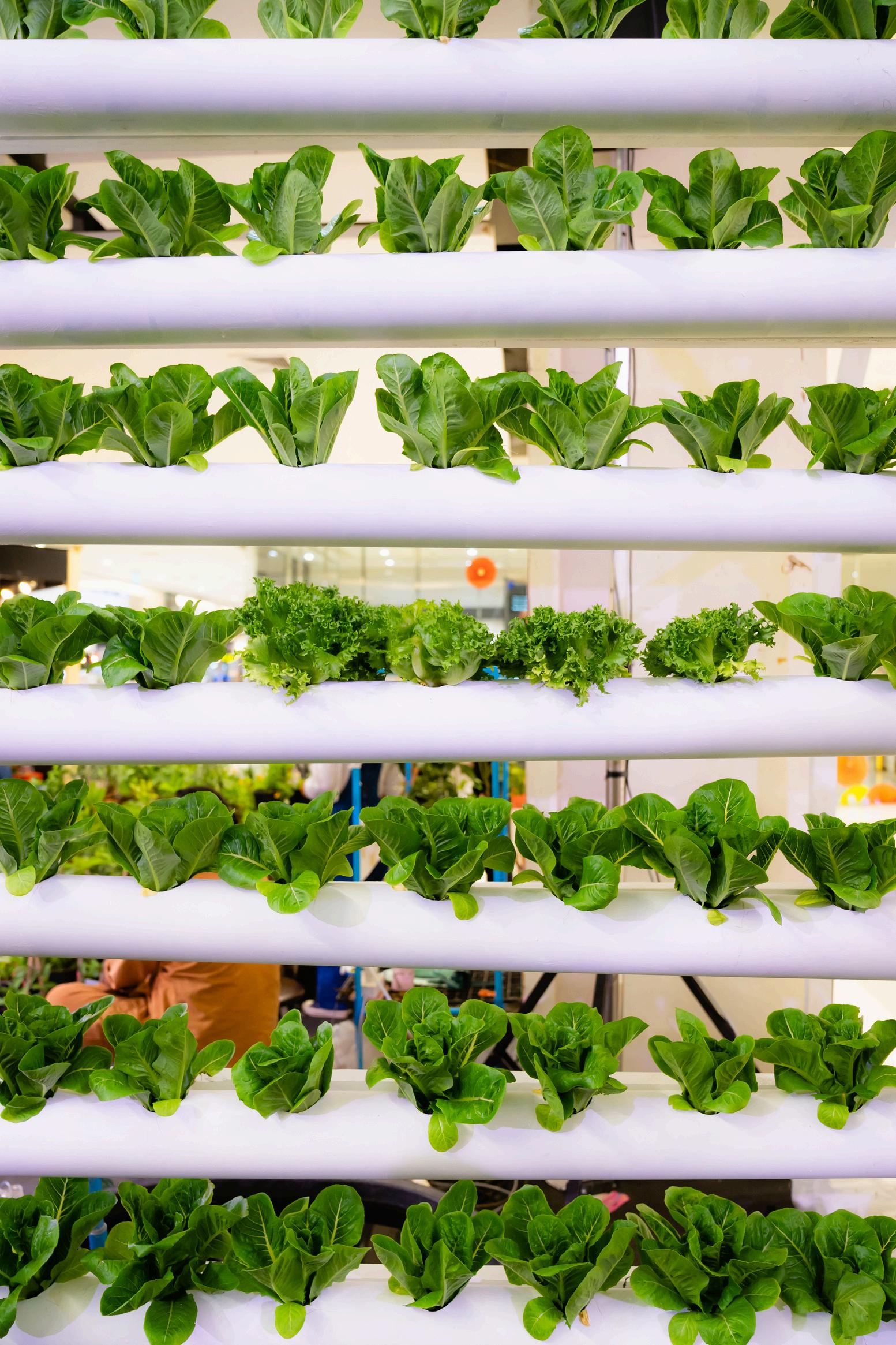
“We believe we have only started scratching the surface of what is an extremely promising field. A field at the cross-road of many different disciplines such as biology, hyperspectral imaging, computer vision, and artificial intelligence that is already playing a central role in the way we grow crops and who’s influence on vertical farming and Agriculture, in general, is destined to grow. At Agricola Moderna, we are making sure to be at the forefront of this collective effort with the intention to exploit all the advantages it will bring”
DUCCIO PIOVANI, HEAD OF DATA SCIENCE AND AI AT AGRICOLA MODERNA

Duccio Piovani PhD – Head of DataScienceandAI
Trained in Theoretical Physics and Complex Systems, Duccio holds a master’s degree from La Sapienza in Rome and a PhD from the complexity group at Imperial College London. He then started working in Data Science both in academia and with several startups in London and Paris Today he is responsible for all that concern data and algorithms at Agricola Moderna.
Learn more about the Specim FX Series of cameras
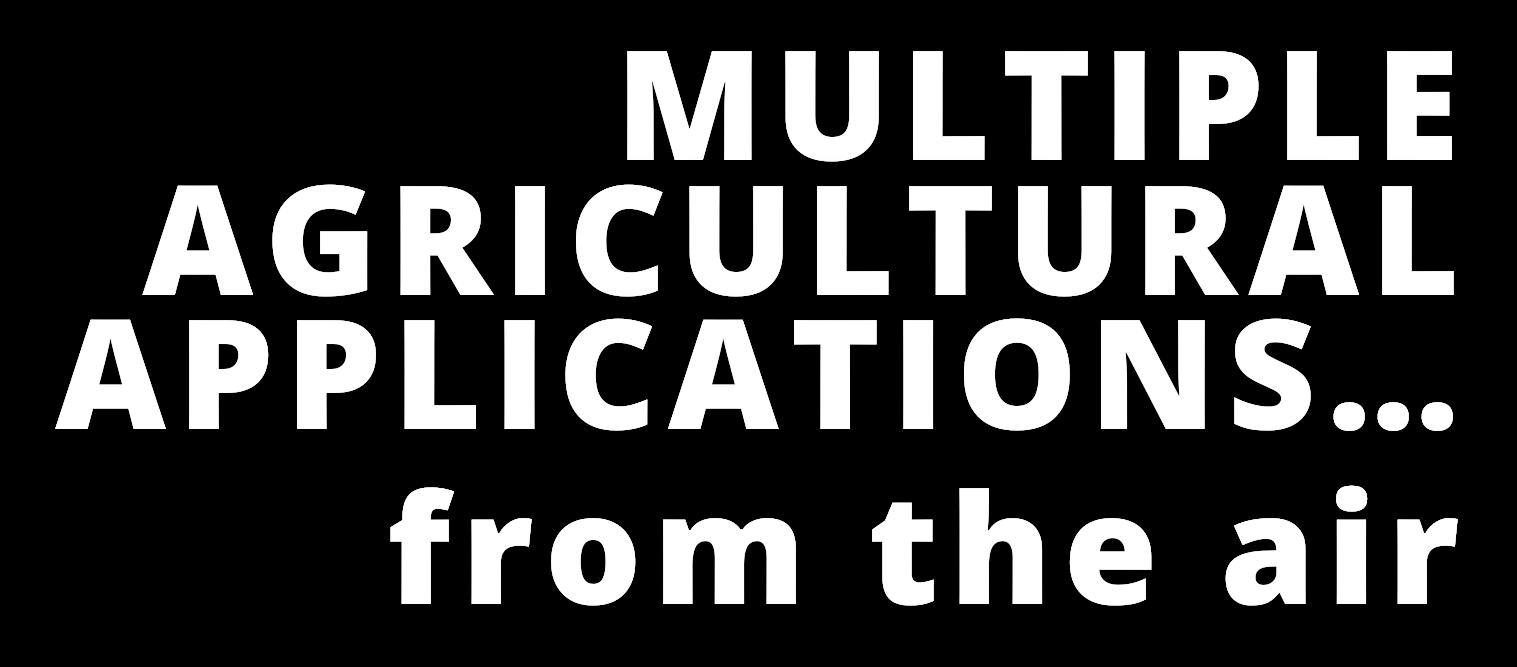

Specim’s AFX Series is a compact and complete solution for lightweight hyperspectral imaging, that can be mounted for example on a drone.
Spectral imaging allows identifying one material from another simply by measuring the reflectance of light – without needing to take a sample By mounting a spectral camera on a drone, it can be used for example in looking for contamination and determining the water quality, estimating the fertilising need in agriculture, identifying vegetation species, or studying wildlife population from the air
AFX10 is based on the FX product family, which is a high-quality hyperspectral camera series designed specifically for industrial use. This new product brings the benefits of the FX series to the airborne use
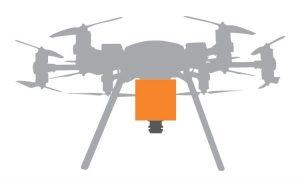
“This is not the first time our cameras have gone airborne, our AISA product family has been around for a long time, but now our customers are looking also for smaller, more lightweight solutions that can be mounted on most drones.”
Jukka Okkonen, Product Owner of Specim AFX
“One clear benefit of our solution is the efficient use of light That combined with our advanced image enhancement technology means, that we can offer the highest data quality available ”

VNIR (400 – 1000 nm)
Specim AFX10 is a VNIR hyperspectral imaging solution with an HSI camera, a small and powerful computer and a high-end GNSS/IMU unit in one compact enclosure that can be installed on multiple drone types

NIR (900 – 1700 nm)
Specim AFX17 is a NIR hyperspectral imaging solution with an HSI camera, a small and powerful computer and a high-end GNSS/IMU unit in one compact enclosure that can be installed on multiple drone types.



SPECIM AFX10 IS BEST SUITED FOR:
Vegetation classification and species identification
Water quality analysis
Wetlands monitoring
Wildlife population study

SPECIM AFX17 IS BEST SUITED FOR:

Moisture, nutrition and fertiliser analysis from the soil
Advanced vegetation species identification
Plant health and stress studies
Forest fires detection
Learn more about the Specim AFX Series of cameras

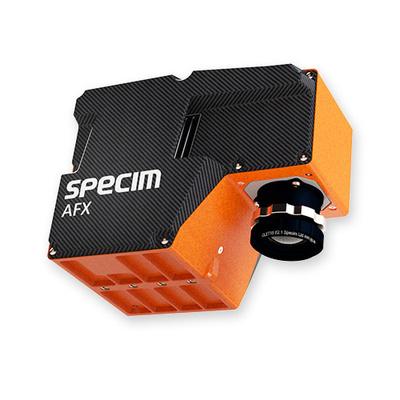
“With the introduction of AFX17, we expand our dronecompatible product range to cover more sophisticated applications. This means, for example, soil analysis detecting moisture, nutrition, and fertilisers, vegetation studies including advanced species identification, and plant health and stress level detection, and also forest fires detection. I am very excited about this new addition and eager to see how the remote sensing community accepts these newcomers. ”
Jukka Okkonen, Product Owner of Specim AFX.
To discuss your agricultural application or area of research, please get in touch with our Technical Sales Engineer, Luke Nicholls here. Call (01372) 378822
Email luke@qd-ukicouk

We have two remaining ex-demo Specim AFX17 airborne spectral imaging cameras up for grabs, at a 50% discount The AFX series is a hyperspectral solution based on the successful FX Series.

The Specim AFX17 is a powerful tool for remote sensing and analysis, allowing for accurate and detailed insights into the spectral properties of a scene It is widely used in remote sensing applications such as environmental and agricultural monitoring, vegetation analysis, mining and mineral exploration, and surveillance and security


Discuss your application Register your interest in acquiring a AFX camera
Technical Sales Manager Dr Luke Nicholls Call (01372) 378822 Email luke@qd-ukicouk



Highlights:
Customisable Cryostats
Focus on Temperature Sensors
Lowest Temperature Measurements
The Next Generation of Helium Recovery
Highlights:

Imaging Venus with SWIR
Temperature Sensors for Space
Measurement of Space
Optics/Structures
Optical Filters for Astronomy

Highlights:
Advancing Geology with Hype
Avoiding Contamination in th SWIR Cameras for Telecomm Applications
Streak Cameras in Action
Highlights:

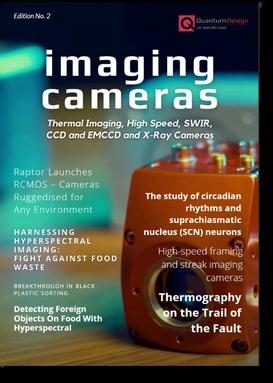


Camera of PET Semiconductor Inspection
Power Electronics Efficient Control of the Future Energy
Analyse Electronic Components of Semiconductors using AFM



S SAAT SE & Co KGaA, Einbeck
www kws com
Project staff: Dr. Christoph Bauer
Thermographic System: VarioCAM® HD head 900
Environmental conditions today often tend towards extremes. Many areas are very humid and wet, while others are predominantly dry. Particularly in the second case, cultivating raw materials such as grain, beet or maize is a challenge A challenge that KWS SAAT SE & Co. KGaA is facing. As part of its plant research, the company uses the VarioCAM® HD head 900 infrared camera from InfraTec to analyse the behaviour of plants during drought stress and pest infestation.

As part of its plant research, the company uses the VarioCAM® HD head 900 infrared camera from InfraTec to analyse the behaviour of plants during drought stress and pest infestation.
Research into the behaviour of plants under drought stress plays a crucial role for future agriculture. This is because the research results provide insights into how adaptable and robust a plant variety is and how it reacts to different temperatures This, in turn, enables decisions to be made about which varieties will be bred further In the past, specific statements about plant behaviour under drought stress were limited. But with the help of thermography, scientists now have access to valid measurements that allow them to take new selection options into consideration and develop more robust and resistant plant varieties.
KWS SAAT SE & Co KGaA's work includes multiplying and distributing sugarbeet and corn seed The company finances basic research and the breeding of the KWS Group's range of varieties and provides its subsidiaries with new sorts for multiplication and distribution every year.


But how does an infrared camera help to detect drought stress or pest infestation of a plant? The answer is quite simple: by measuring the leaf temperature. Complementary to visual cameras, the infrared camera provides exact surface temperatures and their distribution on the leaf. This enables conclusions to be drawn about leaf health and robustness as well as plant growth
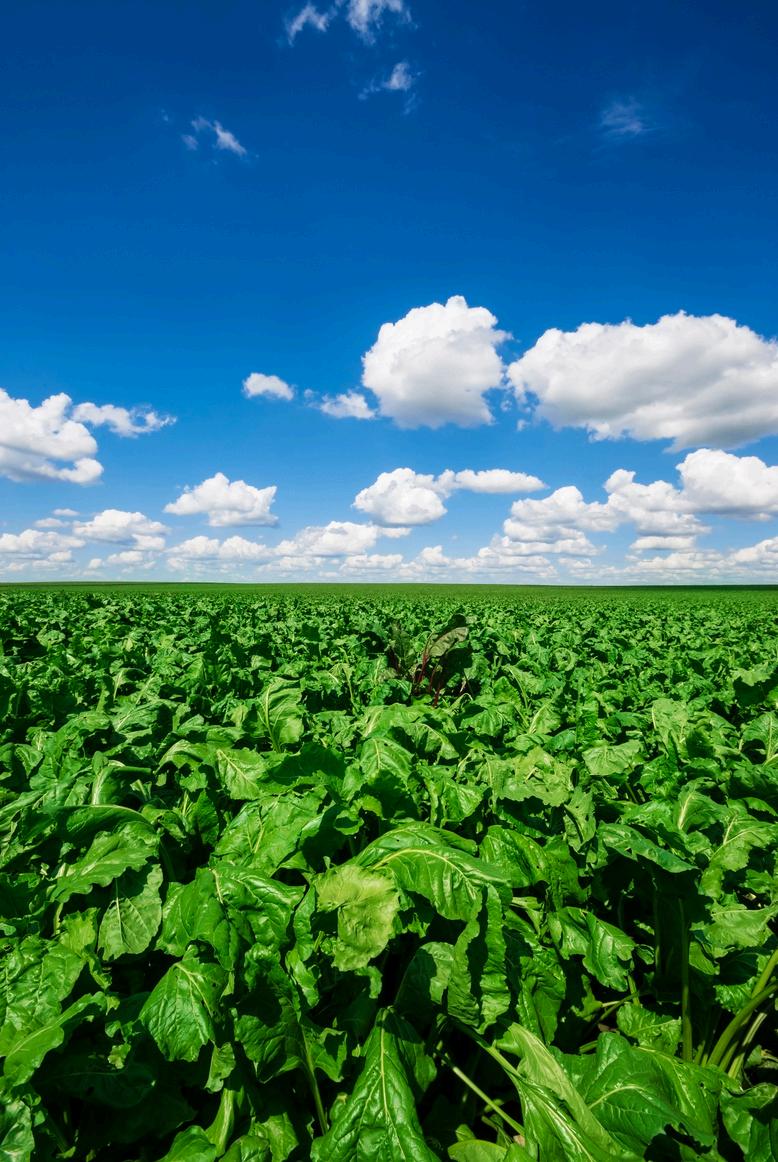
But how does an infrared camera help to detect drought stress or pest infestation of a plant? The answer is quite simple: by measuring the leaf temperature. Complementary to visual cameras, the infrared camera provides exact surface temperatures and their distribution on the leaf This enables conclusions to be drawn about leaf health and robustness as well as plant growth.
For research on pest infestation, such as in the Dataplant project, a special laser is used that emits a beam of infrared light and illuminates the leaf green. At a certain wavelength in the infrared range, infested or diseased leaf areas are heated differently than healthy ones.

The VarioCAM® HD head infrared camera from InfraTec is used for the measurement Its compactness and handy size allow easy integration into mobile measurement set-ups There the camera measures how the individual leaf areas heat up and transfers the temperature values directly to the control PC The data can be stored and evaluated on this PC with an associated software.

The camera technology itself withstands some challenges and defies environmental conditions such as temperature fluctuations, dust and wind Since the measurements take place outdoors, the sunlight respectively daylight varies, which has to be taken into account in thermal imaging The ex works degree of protection IP67 as well as connectors that maintain the degree of protection ensure corresponding operational safety. Due to the radiometric precision calibration of the thermographic system and the robust camera housing with internal reference sensors, the measurements of the VarioCAM® HD head 900 are always stable and reliable To physically increase the native detector resolution from (1,024 × 768) IR pixels to (2,048 × 1,536) IR pixels, the camera is also equipped with internal optomechanical MicroScan technology
Another advantage is the flexible connection of the camera to KWS' own systems via a fast Gigabit Ethernet interface The associated software development kit (SDK) enables trouble-free integration into existing systems InfraTec's infrared cameras are in use at various KWS locations worldwide



SEND IN YOUR RESEARCH OR WHITE PAPERS
We'd love to share your findings

SHARE YOUR APPLICATIONS What agricultural applications have you been using these imaging cameras for?




